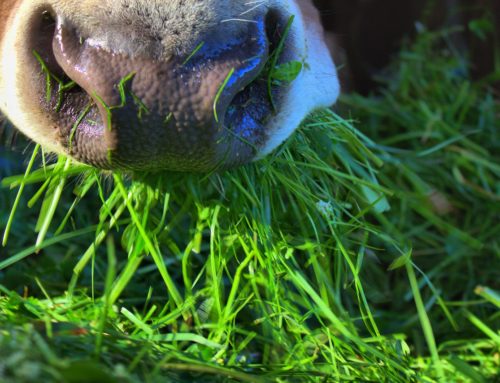Intensive (or factory) farming is one of the latest methods to enhance productivity and yield, concentrating on gaining most output per area by using low input strategy. It is the polar opposite of organic farming and a result for demand for higher food demand for cheaper prices.
Intensive farming does not only occur for corps but intensive livestock farming is also fairly common in the US as well as in certain parts of the world. It raises the largest number of animals in a small space. Rows of chicken cages next to cows, turkey, and pigs are crammed inside a confined space with a controlled environment which encourages fast reproduction and rapid weight gain. Livestock is also given drugs and antibiotics to prevent diseases. Being the foremost methodology used for food production, it has become a widely debated topic around the world, especially in the United States, wherein 2016 it was estimated that majority of its eggs, chicken meat and pork is produced in intensive farms.
Here are some intensive farming pros and cons to consider.
Human Health Concerns
The unhygienic conditions in which farm animals live can be breeding ground of antibiotic-resistant diseases and illness which can be passed on to human through consumption of meat and eggs, like, swine influenza and bird influenza which were never seen in the human race before. By keeping animals and people in close and restricted quarters, the odds for a zoonosis event increases significantly.
https://www.thebureauinvestigates.com/stories/2018-05-29/inside-britains-new-intensive-agriculture-sector-beef-lots
Pros of Intensive Farming
Affordable Food Prices
Because intensive farming requires less space and produces more than the invested inputs it allows for livestock products to be produced on a large economic scale resulting in lower prices for consumers as well.
Allows Automation
Intensive farming uses modern technology which means it doesn’t require manual labor like past and requires fewer individuals to carry the workload required with jobs that most require machinery. This means farmers will have to hire fewer individuals hence being able to afford specialized workers for individual tasks.
Independent of Geographic Limitations
Intensive farming is often seen as a potential solution for future hunger crisis because unused or under-utilized lands can be converted to factory farms as they are more resilient to changes in the environment, water access, or geographical locations as well as can be provided with controlled conditions for changing the environment.
Cons of Intensive Farming
Risks of Animal Cruelty
Animals are kept in tight spaces with minimum movements resulting in difficult and cruel conditions as a consequence of intensive farming. The animals are also fed additives, precautionary drugs and fattening food. These all factors into high risk of animal cruelty and abuse.
Environmental Concerns
Intensive farming contributes large quantities of methane gas in the atmosphere from livestock as well as livestock care efforts. Additionally, high levels of waste which are not disposed of properly as well as nitrates and fertilizers that are used result in the impact felt by the environment could last for generations.



